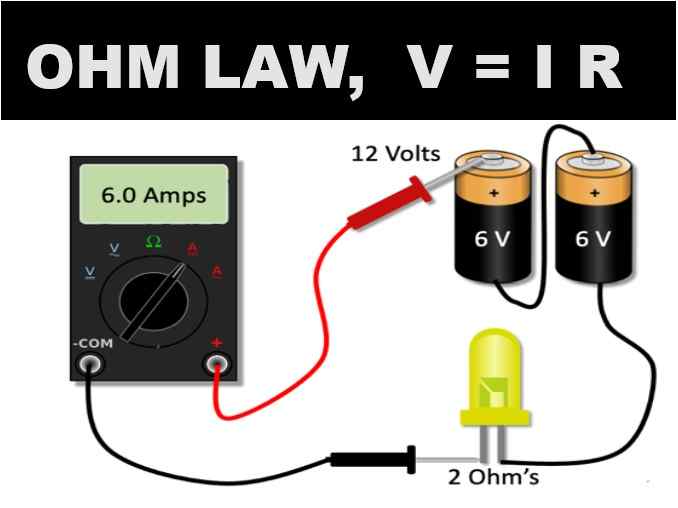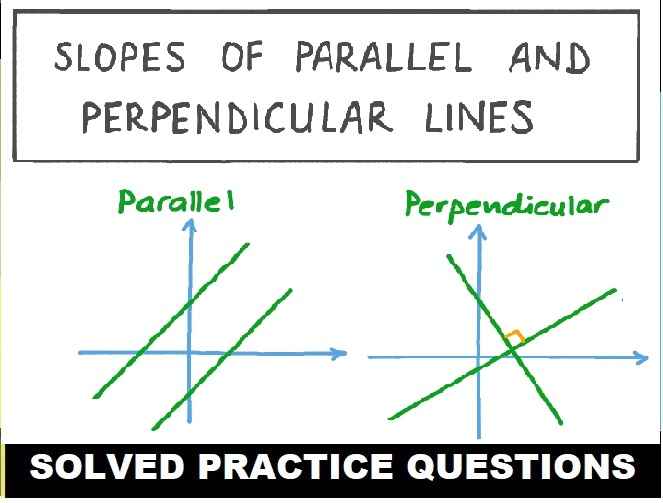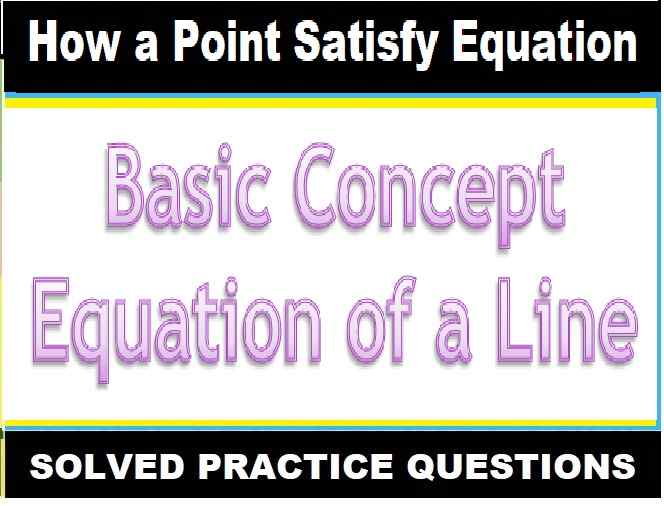MCQs Aldehydes, Ketones and Carboxylic Acids for ISC Class 12 Questions with Answers. These MCQ / Objective Type Questions is based on latest reduced syllabus according 2021-22 session on bifurcated pattern. Main motto of MCQ Type Question is cracking the next upcoming Sem-2 exam of council. Visit official website CISCE for detail information about ISC Class-12 Chemistry
Aldehydes, Ketones and Carboxylic Acids MCQs Questions with Answers

| Board | ISC |
| Class | 12th (XII) |
| Subject | Chemistry |
| Chapter | Aldehydes, Ketones and Carboxylic Acids |
| Syllabus | on bifurcated syllabus (after reduction) |
| Session | 2021-22 |
| Bifurcated | Sem-2 |
| Topic | MCQs / Objective Type Question |
MCQs Aldehydes, Ketones and Carboxylic Acids for ISC Class 12 Questions with Answers
Question 1: The oxidation of toluene to benzaldehyde by chromyl chloride is called
(a) Rosenmund reaction
(b) Wurtz reaction
(c) Etard reaction
(d) Fittig reaction
Answer : (c) Etard reaction
Question 2: An aldehyde group can be present
(a) in between carbon chain
(b) at any position in carbon atom
(c) only at the end of carbon chain
(d) at the second carbon atom of the carbon chain
Answer : (c) only at the end of carbon chain
Question 3: Which of the following is not used in the preparation of ketone?
(a) Oxidation of secondary alcohols
(b) Dehydrogenation of 2° alcohol
(c) Pyrolysis of calcium acetate
(d) Acid hydrolysis of alkyl cyanide
Answer : (d) Acid hydrolysis of alkyl cyanide
Question 4: The oxidation of toluene to benzaldehyde by chromyl, chloride is called
(a) Etard reaction
(b) Riemer-Tiemann reaction
(c) Wurtz reaction
(d) Cannizzaro’s reaction
Answer : (a) Etard reaction
Question 5: The addition of HCN to carbonyl compounds is an example of
(a) nucleophilic addition
(b) electrophilic addition
(c) free radical addition
(d) electromeric addition
Answer : (a) nucleophilic addition
Question 6: Aldehydes other than formaldehyde react with Grignard’s reagent to give addition products which on hydrolysis give
(a) tertiary alcohols
(b) secondary alcohols
(c) primary alcohols
(d) carboxylic acids
Answer : (b) secondary alcohols
Question 7: Which of the following cannot reduce Fehling’s solution?
(a) Formic acid
(b) Acetic acid
(c) Formaldehyde
(d) Acetaldehyde
Answer : (b) Acetic acid
Question 8: Which of the following acids does not form anhydride?
(a) Formic add
(b) Acetic acid
(c) Propionic add
(d) n-butyric acid
Answer : (a) Formic add
Question 9: The acid which does not contain-COOH group is
(a) Ethanoic acid
(b) Lactic acid
(c) Picric add
(d) Palmitic acid
Answer : (c) Picric add
Question 10: Two compounds benzyl alcohol and benzoic acid are formed from this compound, when this compound is heated in the presence of conc.NaOH, this compound is.
(a) Benzaldehyde
(b) Benzylalcohol
(c) Acetophenone
(d) Benzophenone
Answer : (a) Benzaldehyde
Question 11: The reagent which does not react with both, acetone and benzaldehyde is
(a) Sodium hydrogensulphite
(b) Phenyl hydrazine
(c) Fehling’s solution
(d) Grignard reagent
Answer : (c) Fehling’s solution
Question 12: Which of the following reactions will not result in the formation of carbon-carbon bond?
(a) Friedel-Crafts acylation
(b) Wurtz reaction
(c) Cannizzaro reaction
(d) Reimer-Tiemann reaction
Answer : (c) Cannizzaro reaction
Question 13: Which of the following reactions will give benzolphenone?
(i) Benzoyl chloride + Benzene + AlCl3
(ii) Benzoyl chloride + Phenylmagnesium bromide
(iii) Benzoyl chloride + Diphenyl cadmium
(a) (i)and(ii)
(b) (ii) and (iii)
(c) (i) and (iii)
(d) (i), (ii) and (iii)
Answer : (c) (i) and (iii)
Question 14: The oxidation of toluene to benzaldehyde by chromyl, chloride is called
(a) Etard reaction
(b) Riemer-Tiemann reaction
(c) Wurtz reaction
(d) Cannizzaro’s reaction
Answer : (a) Etard reaction
Question 15: The addition of HCN to carbonyl compounds is an example of
(a) nucleophilic addition
(b) electrophilic addition
(c) free radical addition
(d) electromeric addition
Answer : (a) nucleophilic addition
Question 16: Iodoform test is not given by
(a) 2-Pentanone
(b) Ethanol
(c) Ethanal
(d) 3-Pentanone
Answer : (b) Ethanol
Question 17: Trans-esterification is a reaction between
(a) two ester molecules
(b) alcohol and carboxylic acid
(c) alcohol and ether
(d) alcohol and ester.
Answer : (d) alcohol and ester.
Question 18: Propanal and propanone, both have same molecular formula(C3H6O), what do you expect about their boiling points?
(a) Both have same boiling point
(b) Boiling point of propanal is higher than the boiling point of propanone.
(c) Boiling point of propanal is lower than the boiling point of propanone
(d) Nothing can be predicted
Answer : (c) Boiling point of propanal is lower than the boiling point of propanone
Question 19: Less reactivity of ketone is due to
(a) + I inductive effect decrease positive charge on carbonyl carbon atom
(b) steric effect of two bulky alkyl groups
(c) sp2 hybridised carbon atom of carbonyl carbon atom
(d) Both (a) and (b)
Answer : (d) Both (a) and (b)
Question 20: Acetaldehyde reacts with
(a) Electrophiles only
(b) Nucleophiles only
(c) Free radicals only
(d) Both electrophiles and nucleophiles
Answer : (b) Nucleophiles only
Question 21: Aldehydes and ketones are distinguished by which of the following test?
(a) Lucas test
(b) Tollen’s test
(c) KMnO4 solution (Baeyer’s test)
(d) None of these
Answer : (b) Tollen’s test
Question 22: What is formed when a primary alcohol undergoes catalytic dehydrogenation?
(a) Aldehyde
(b) Ketone
(c) Alkene
(d) Acid
Answer : (a) Aldehyde
Question 23: The reagent used for the separation of acetaldehyde from acetophenone is
(a) NaHSO3
(b) C6H5NHNH2
(c) NH2OH
(d) NaOH and I2
Answer : (a) NaHSO3
Question 24: Aldehydes can be oxidised by :
(a) Tollen’s reagent
(b) Fehling solution
(c) Benedict solution
(d) All the above
Answer : (d) All the above
Question 25: 2-pentanone and 3-pentanone can be distinguished by :
(a) Cannizaro’s reaction
(b) Aldol condensation
(c) Iodoform reaction
(d) Clemmensen’s reduction
Answer : (c) Iodoform reaction
Question 26: Which of the following compounds will give butanone on oxidation with alkaline KMnO4 solution?
(a) Butan-1-ol
(b) Butan-2-ol
(c) Both of these
(d) None of these
Answer : (b) Butan-2-ol
Question 27: Which of the following will not give aldol condensation?
(a) Phenyl acetaldehyde
(b) 2-Methylpentanal
(c) Benzaldehyde
(d) 1-Phenylpropanone
Answer : (c) Benzaldehyde
Question 28: Which of the following compounds does not react with NaHSO3?
(a) HCHO
(b) C6H5COCH3
(c) CH3COCH3
(d) CH3CHO
Answer : (b) C6H5COCH3
Question 29: When acetaldehyde reacts with alcohol then produce
(a) Acetal
(b) Ketal
(c) Acetone
(d) None
Answer : (a) Acetal
Question 30: Imine derivatives of aldehyde and ketone is called as
(a) Schiff’s reagent
(b) Fehling’s reagent
(c) Schiff’s base
(d) Schiff’s acid
Answer : (c) Schiff’s base
Question 31: Primary and secondary alcohols on action of reduced copper give
(a) Aldehydes and ketones respectively
(b) Ketones and aldehydes respectively
(c) Only aldehydes
(d) Only ketones
Answer : (a) Aldehydes and ketones respectively
Question 32: Which one of the following can be oxidised to the corresponding carbonyl compound?
(a) 2-hydroxy-propane
(b) Ortho-nitrophenol
(c) Phenol
(d) 2-methyl-2 hydroxy-propane
Answer : (a) 2-hydroxy-propane
Question 33: The catalyst used in Rosenmund’s reduction is
(a) HgSO4
(b) Pd/BaSO4
(c) anhydrous AlCl3
(d) anhydrous ZnCl2
Answer : (b) Pd/BaSO4
Question 34: Vinegar is a solution of acetic acid which is :
(a) 15–20%
(b) 20 –25%
(c) 6 – 8%
(d) 2 – 4%
Answer : (c) 6 – 8%
Question 35: A mixture of benzaldehyde and formaldehyde on heating with aqueous NaOH solution gives
(a) benzyl alcohol + sodium formate
(b) sodium benzoate + methanol
(c) benzyl alcohol + methanol
(d) sodium benzoate + sodium formate
Answer: (a) benzyl alcohol + sodium formate
Question 36: Which of the following has the most acidic hydrogen?
(a) hexane-2,4-dione
(b) hexane-2,3-dione
(c) hexane-2,5-dione
(d) hexane-3-one
Answer: (a) hexane-2,4-dione
Question 37: Which compound is responsible for perfumery?
(a) Ketones
(b) Ethers
(c) Alcohols
(d) Esters
Answer: (d) Esters
Question 38: Oil of winter green is
(a) a carboxylic acid
(b) an alcohol
(c) a ketone
(d) an ester
Answer: (d) An Esters
Question 39: Formic acid and acetic acid are distinguished by reaction with
(a) sodium ethoxide
(b) sodium
(c) HgCl2
(d) 2,4-dinitrophenylhydrazine
Answer: (c) HgCl2
Question 40: Heating a mixture of sodium benzoate and soda lime gives
(a) calcium benzoate
(b) benzene
(c) sodium benzoate
(d) methane
Answer: (b) benzene
–: End of MCQs Aldehyde Ketones and Carboxylic Acids for ISC Class 12 :–
-: also visit :-
- ISC Sem-2 Question Bank Class-12
- Sem-2 ISC Specimen Paper for Class-12
- ISC Class-12 Textbook Solutions ,Syllabus, Solved Paper
- Previous Year Question Paper for ISC Class-12
Please share with your ISC friends if it is helpful
Thanks


